Written By: Brad Campbell | March 22, 2021
Anyone who witnessed the mayhem that unfolded in the U.S. Capitol Building on January 6, 2021 might wonder why it was so easy for an angry mob of rioters to storm the building. More specifically, you might ask how were the Capitol windows breached?
The U.S. Capitol’s windows were breached because of one simple fact: the Capitol wasn’t designed to keep people out.
In fact, as is the tradition with many federal government buildings, parts of the Capitol are open to the public. Entrances and the surrounding property are guarded and patrolled by police, but the building itself is not physically secured to a high degree.
Let’s take a closer look at why that is.
Why Rioters Were Able to Break the Capitol’s Windows So Easily
When the dust settled after the Capitol riot, a large part of the damage done was to the building’s windows and doors. The media was full of images of rioters smashing windows while members of congress and building staff barricaded themselves in on the other side.
You might think that because it’s a government building the Capitol would have bulletproof windows and doors, but that’s not the case. The main reasons for this are the building’s age and historic architecture.
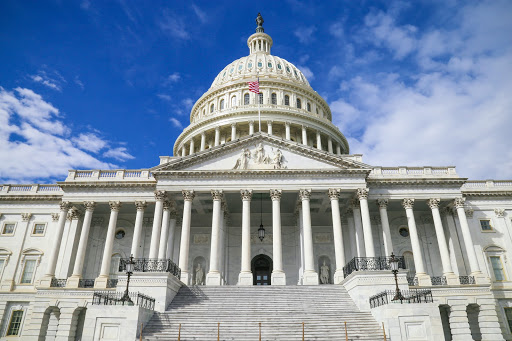
The original Capitol Building was built at the end of the 18th century and it is designated as a historic landmark building.
Of course, over the last two centuries the building has been burned down, rebuilt, renovated, restored, and modernized, but at its heart it is still an old building with old architecture.
So, what do the building’s age and architecture have to do with how the Capitol’s windows were broken? Well, any type of bullet-resistant glass is much thicker and heavier than standard window glass, meaning that it requires a more heavy-duty framing system.
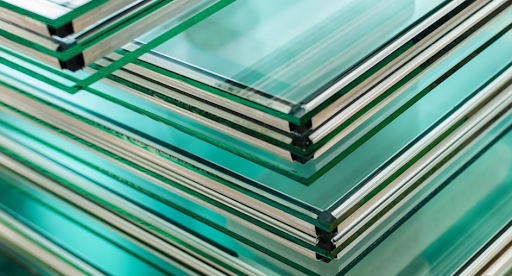
Because of the Capitol Building’s historic architecture, installing such heavy security glass is not easy to do without completely replacing things like wooden doors and window frames. This would completely change the nature of the building’s architecture and remove historic value.
In order to preserve the building’s heritage, this was not done. And, aside from complete window and door replacement, the options for glass reinforcement are limited.
So, despite all the modern security systems and personnel, the angry mob was able to breach many of the Capitol’s windows because they didn’t create physical barriers.
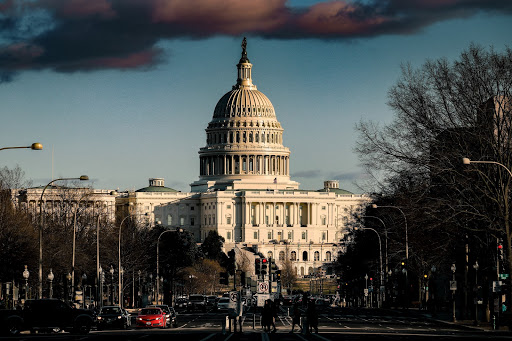
From what we can see in photos and videos of the riot, it appears that some of the Capitol’s windows were reinforced by security window film. We can tell this because there were broken windows in which the shards remained in place, rather than shattering inwards.
Though security window film doesn’t prevent glass from breaking, it holds the shards together, which delays forced entry attempts and prevents injury due to flying pieces of glass.
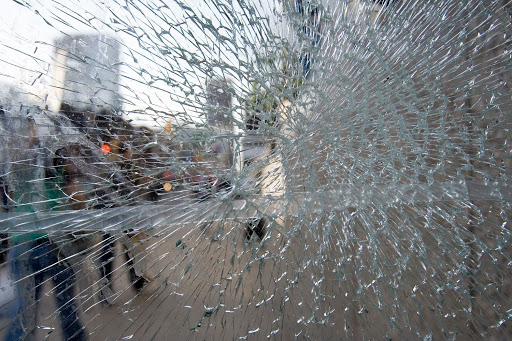
If the windows didn’t have this reinforcement, there could have been even more breaches and injuries within the Capitol that day. This goes to show the importance of glass reinforcement for government buildings and other types of high-security facilities.
The Best Alternative to Laminated Security Glass and Security Window Film
Security window film is a great product and does provide a basic level of glass reinforcement. But, as we mentioned, it doesn’t prevent the glass from breaking.
Retrofitting a building with laminated security glass is a stronger option, but because of the weight and thickness of the glass this isn’t viable for many buildings, especially older ones.
There is a third option that can work for many types of facilities: polycarbonate glazing shields.
Containment-grade or ballistic-grade polycarbonate panels can be installed right over your existing glass to protect it from breaking and keep would-be intruders from breaching your facility.
Like window glass, polycarbonate is completely transparent. However, polycarbonate is much stronger and lighter than glass, meaning that it doesn’t require as strong of a framing system to support it as other types of bullet-resistant security glass do.
Polycarbonate Glazing Shield Facts:
For virtually unbreakable strength, we recommend choosing something out of the ArmorPlast® line of polycarbonate glazing shields. For example, if forced entry is your main concern, ArmorPlast® AP25 is a great option.
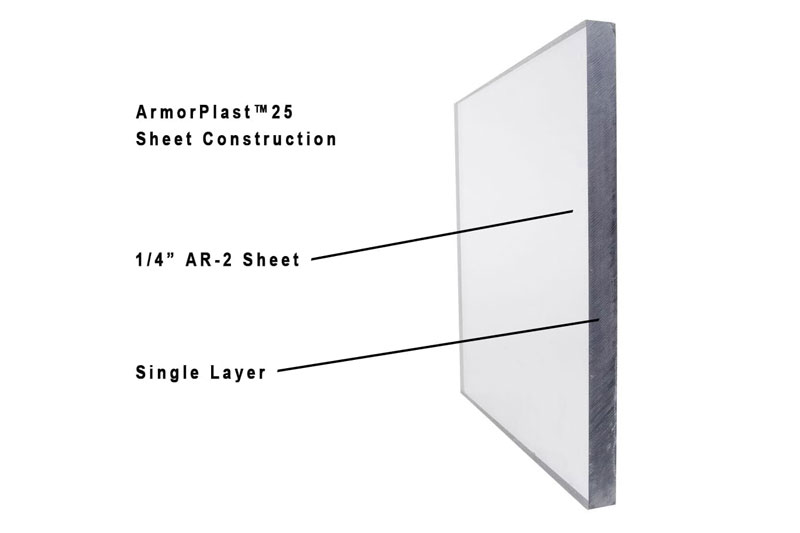
AP25 is a containment-grade, non-ballistic glazing shield. This means that it won’t stop bullets, but it also won’t appreciably diminish in strength or break down after repeated impacts. Rioters can try to smash or shoot through AP25 all they like — they aren’t going to get through it.
Because of its strength, lightness, and versatility, AP25 is a popular choice for school, hospital, retail store, and correctional and psychiatric facility glass reinforcement. It’s an ideal choice for creating a physical barrier to forced entry.
Whether you’re worried about an angry mob trying to breach your facility or about smash-and-grab theft at your retail store, ArmorPlast® will ensure that nobody is easily able to break their way into your property through a glass door or window.
The U.S. Capitol riot is an interesting case study for glass security. We can see from the events that standard window glass does nothing to keep out intruders.
We can also see that even a basic level of glass reinforcement, such as security window film, can do a lot to delay entry and protect those inside from injury.
For more information about how ArmorPlast® can make your building more secure, contact us today.

HOW CAN WE HELP YOU?
